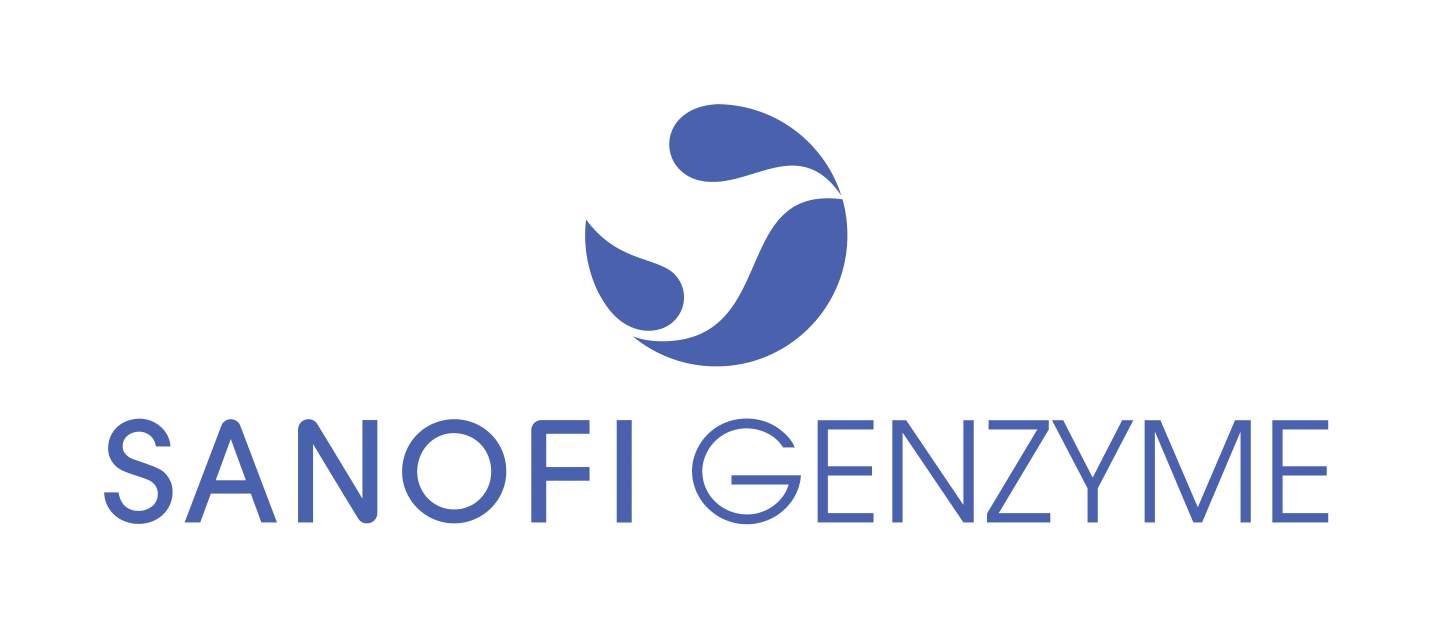National Hemophilia Foundation (NHF) - Posters
Progress Update on the Development of Etranacogene Dezaparvovec (AMT-061) in Severe or Moderately Severe Hemophilia B |
|
|
|
 in Severe or Moderately Severe Hemophilia B-1.png)
|
Objective:
Gene therapy for hemophilia can potentially ameliorate disease severity to a milder or functionally curative state through a single treatment. Etranacogene dezaparvovec (AMT-061) is an investigational gene therapy for hemophilia B comprising an adeno-associated virus serotype-5 (AAV5) vector containing a codon-optimized Padua variant human factor IX (FIX) gene with a liver-specific promoter. Etranacogene dezaparvovec is an enhanced version of the wildtype FIX construct, AMT-060. Here we present an overview of results from the development program to date (AMT-060; NCT02396342 and AMT-061; NCT03489291).
Methods:
AMT-060 was studied at 2 doses (5x1012 and 2x1013 gc/kg; n=5 per dose) in an open-label, multicenter Phase 1/2 study. Etranacogene dezaparvovec (2x1013 gc/kg; n=3) was studied in an open-label, multi-center Phase 2b trial with the primary endpoint of FIX activity at 6-weeks. Participants were adult males with FIX ?2% and a severe bleeding phenotype (FIX prophylaxis; or ?4 bleeds/year or hemophilic arthropathy), without active hepatitis or uncontrolled HIV. Participants received a single intravenous dose of gene therapy and will be followed for 5 years. Assessments in both trials include FIX activity, patient-reported bleeding, consumption of FIX replacement, and adverse events (AEs).
Summary:
All ten participants in the Phase 1/2 study continue to express stable FIX (mean FIX activity 5.1% (95% CI 1.6 8.6) over 4 years in the low-dose cohort; 7.5% (95% CI 4.2 10.7) over 3.5 years in the higher-dose cohort). Eight of 9 participants using FIX prophylaxis at study entry discontinued use post-treatment and remained prophylaxis-free at last follow-up. Three participants received corticosteroids for transient asymptomatic elevations in liver enzymes 4-16 weeks after dosing with no impact on FIX expression. No late-emergent AEs have occurred. Three participants in the low-dose cohort were discovered to have had titers of AAV5 neutralizing antibodies (NAbs) prior to dosing with no impact on safety/efficacy. Accordingly, the presence of NAbs was not an exclusion-criteria for participants entering the Phase 2b study. Mean FIX activity increased to 31% 6-weeks after etranacogene dezaparvovec and to 41% at 52-weeks. There were no bleeds post-treatment, and no clinically-significant elevations in liver enzymes. One participant self-administered a single infusion of FIX. One participant experienced 2 mild AEs possibly related to treatment shortly after dosing. No participant in either trial developed FIX inhibitors.
Conclusions:
A single AMT-060 treatment was associated with long-term stable endogenous FIX activity and no-late emergent safety concerns, despite a retrospective finding of NAbs in 3-participants. Modification of the transgene led to sustained elevation of FIX activity into the mild-to-normative range in all participants 36-weeks after etranacogene dezaparvovec treatment. Etranacogene dezaparvovec was well-tolerated with no clinically-significant elevations of liver enzymes and/or requirement for immunosuppression. Together, these data support the ongoing Phase 3 study, which includes 52 participants with hemophilia B.



